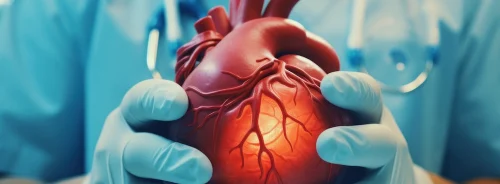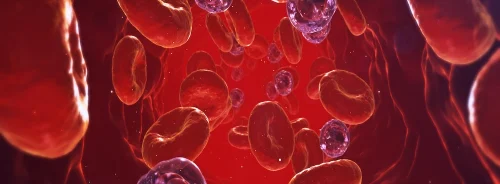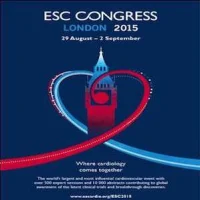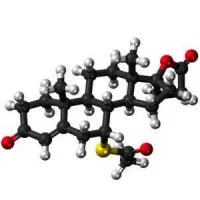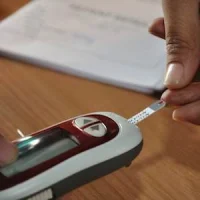In a Hot Line presentation at the ESC Congress in London, investigators reported the findings from the LEADLESS II study which showed that a leadless cardiac pacemaker demonstrated good safety and reliable function during the initial six months of follow-up. The findings have been published in the New England Journal of Medicine.
The study shows that the leadless pacemaker is safe and effective and can be used as an alternative to conventional transvenous pacemakers in patients with indications for permanent pacing, as explained by principal investigator Vivek Reddy, MD.
“Leadless cardiac pacemakers have the potential to overcome many of the complications of conventional transvenous pacemakers,” said Dr. Reddy, from Icahn School of Medicine at Mount Sinai in New York, NY, USA. “Transvenous leads are considered the Achilles’ heel of conventional pacemakers because they are particularly susceptible to complications.”
LEADLESS II was a prospective, non-randomized, pre-marketing study that included 526 patients (mean age 75.8 years) from 56 sites in 3 countries.
All patients had indications for permanent, single-chamber, ventricular pacing and were implanted non-surgically with an active fixation, rate-adaptive pacemaker using a steerable delivery catheter.
The primary effectiveness endpoint was clinically acceptable pacing capture thresholds (≤ 2.0 V at 0.4 ms) and sensing (R-wave ≥ 5.0 mV or ≥ implant value) at six months, and the primary safety endpoint was freedom from serious adverse device effects (SADEs) over the same time frame.
Among 300 subjects in the intention-to-treat primary analysis, the primary effectiveness and safety endpoints were met in 90.0% and 93.3% respectively, and effectiveness was met in 93.4% of successfully implanted patients.
There was a 6.7% rate of SADEs over 6 months, including cardiac perforation (1.3%), device dislodgement with successful percutaneous retrieval (1.7%), and capture threshold elevation requiring percutaneous retrieval and placement of a new leadless pacemaker (1.3%). There were no device-related infections or chronic electrical failure.
Among the five device dislodgements observed, device embolisation to the lung occurred in three subjects and migration to the right femoral vein in two subjects.
A sub-analysis looking at complications and operator experience suggests the SADE rate “would be expected to improve with increased operator experience,” noted Dr. Reddy.
“With the exception of one operator, none of the other operators in this trial had any prior clinical experience with implantation of the device.”
When cases were stratified according to the first 10 devices implanted versus subsequent implants by the same operator, the procedural SADE, device dislodgement, and cardiac perforation rates changed from 6.8% to 3.6% (P=0.6), 1.3% to 0.0% (P=0.9), and 1.5% to 1.8% (P=0.6), respectively.
“These multicenter data represent the largest population of patients to receive a leadless pacemaker system and as such provide unique insight into their efficacy and safety,” concluded Dr. Reddy.
“When interpreted in the context of limited prior experience of the majority of operators with this new technology, these results provide support for the applicability of this technology in routine clinical practice.”
The device received CE Mark in 2013.
Source: ESC
Image Credit: Mount Sinai

